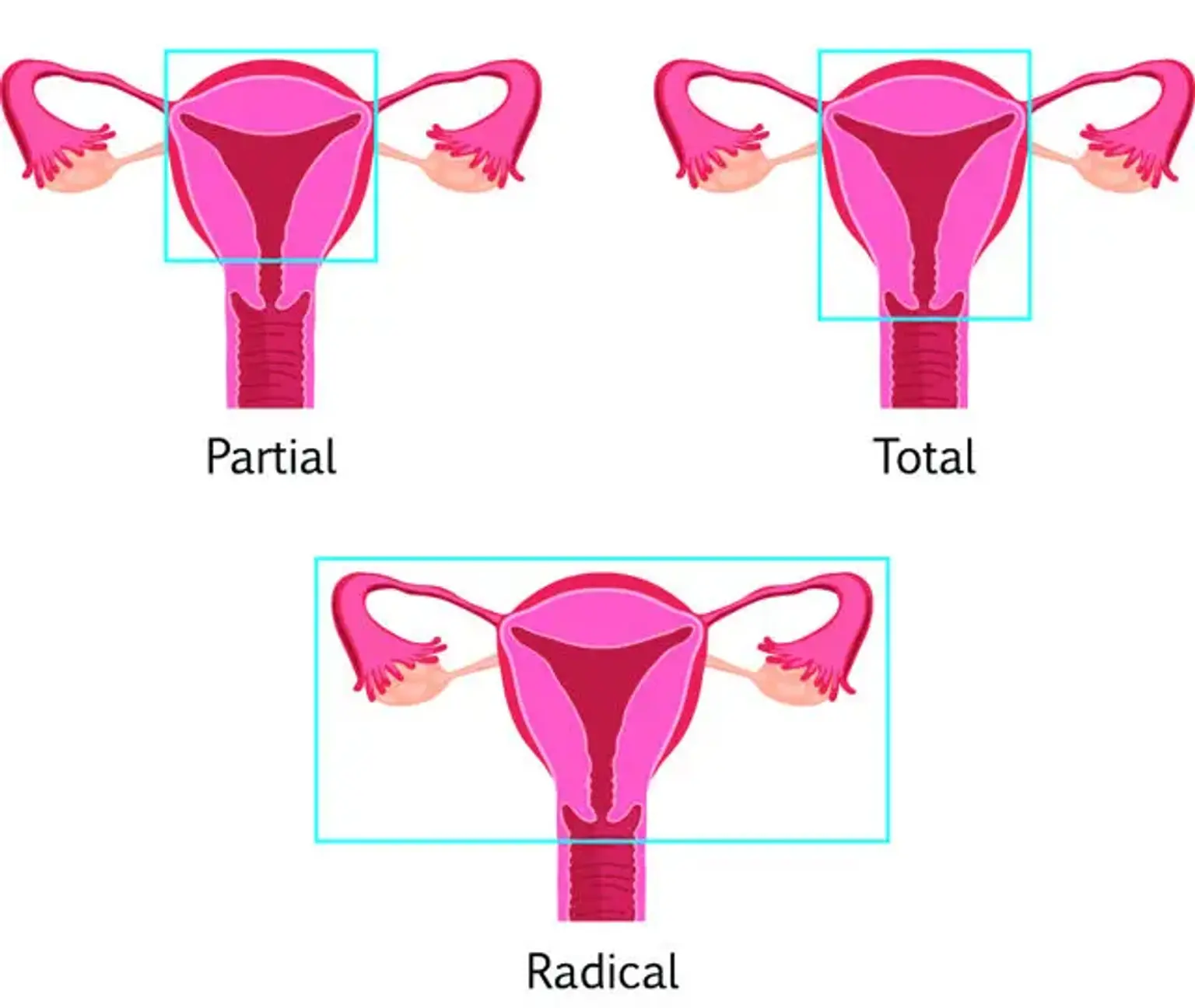Hysterectomy
A hysterectomy refers to the surgery that takes out the uterus, ending the menstruation and the capacity to get pregnant. A hysterectomy may be done for a variety of reasons. It can be used to address different chronic pain issues, including some forms of cancer and infections.
Depending on the purpose of the surgery, the degree of a hysterectomy can vary. The uterus is usually removed in its whole in some instances. The doctor can only take out the uterus while leaving the cervix intact or sometimes remove both the uterus and cervix. In addition, the doctor may remove the ovaries and fallopian tubes during the treatment.
Types of Hysterectomy
